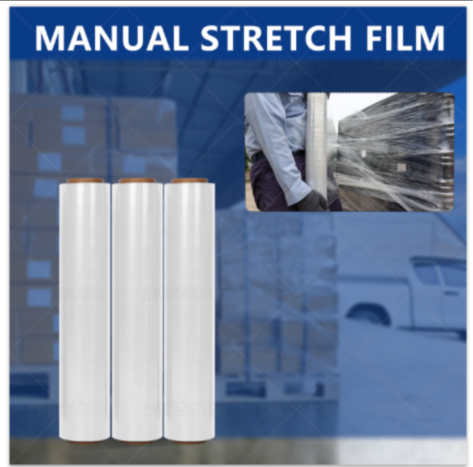parcel bag size
Understanding Parcel Bag Sizes A Comprehensive Guide
In today’s fast-paced world, the importance of efficient shipping and parcel delivery cannot be overstated. Whether for e-commerce businesses or personal shipments, selecting the appropriate parcel bag size is crucial to ensure the safety of the contents and to optimize shipping costs. This article will explore the various sizes of parcel bags, their usage, and tips to choose the right size for your needs.
What is a Parcel Bag?
A parcel bag is a type of flexible packaging typically used for shipping items. These bags can be made from various materials, including plastic, paper, or bubble wrap, designed to protect items during transit. They come in different sizes to accommodate a wide range of items, from small products like jewelry to larger items like clothing or books.
Why Size Matters
Choosing the right parcel bag size is essential for several reasons
1. Cost Efficiency Most shipping carriers charge based on the size and weight of the parcel. Using a bag that is too large for the items inside can result in higher shipping fees. Conversely, a bag that is too small may cause damage to the items or lead to additional costs for repackaging.
2. Protection of Contents A well-fitted parcel bag provides adequate protection for the items being shipped. Bags that are too loose can allow items to move around, increasing the risk of damage. Conversely, a bag that is too tight may put pressure on the items, potentially ruining them in transit.
3. Customer Experience For e-commerce businesses, the unboxing experience can significantly impact customer satisfaction. An appropriately sized parcel bag ensures that customers receive their items in pristine condition, which reflects positively on the brand.
Common Parcel Bag Sizes
Parcel bags come in various sizes, typically classified as small, medium, large, and extra-large
. Here’s a brief overview of each category- Small (Up to 10 x 12 inches) Ideal for shipping small items like accessories, documents, or lightweight clothing.
parcel bag size

- Medium (10 x 14 to 12 x 15 inches) Suitable for items such as books, multiple clothing items, or medium-sized electronics.
- Large (14 x 18 to 16 x 20 inches) Designed for bulkier items like shoes, larger clothing, or small household goods.
- Extra-large (Above 16 x 20 inches) These bags accommodate oversized items such as blankets, large clothing, or multiple products bundled together.
Tips for Choosing the Right Size
1. Measure Your Items Before selecting a parcel bag, measure the dimensions of the items you plan to ship. This ensures you choose a bag that offers just enough space without being excessively large.
2. Consider the Contents Different materials offer varying levels of protection. For fragile items, consider using padded or bubble-lined bags to safeguard against impacts during shipping.
3. Think About the Shipping Method Some shipping services have restrictions on bag sizes. It’s essential to check with your carrier to avoid any surprises during the shipping process.
4. Test Different Sizes If you find yourself regularly shipping items of varying sizes, consider keeping a range of bags on hand. This allows for flexibility and ensures that you always have the right size when needed.
5. Customer Feedback Pay attention to customer feedback regarding the condition of items upon arrival. This can provide insights into whether you need to adjust your parcel bag sizes.
Conclusion
Selecting the right parcel bag size is a vital aspect of the shipping process that can greatly impact cost, protection, and customer satisfaction. By understanding the different sizes available and considering the nature of your items, you can make informed choices that enhance your shipping efficiency. Whether you are a business owner or shipping items for personal reasons, proper parcel bag sizing is an essential skill to master in today’s logistics landscape.
-
Stretch Film Solutions: A Comprehensive GuideNewsJun.03,2025
-
Stretch and Shrink Packaging SolutionsNewsJun.03,2025
-
Revolutionizing Packaging with Modern Wrapping SolutionsNewsJun.03,2025
-
Innovative Solutions for Silage and Window TintingNewsJun.03,2025
-
Efficient Packing with Stretch Wrap SolutionsNewsJun.03,2025
-
Effective Packaging with Stretch Wrap SolutionsNewsJun.03,2025
-
Have the freedom of customizing your custom mailers any way you want! Our dedicated packaging support will help deliver you the mailing experience you need to elevate your shipping experience to the next level! Start making a strong impression on your customers and stand out from your competitors! -
LIYA uses high quality raw materials which directly purchased from large enterprises domestic and overseas such as PetroChina, Sinopec, Sabic, Equate, ExxonMobil, Dow Chemical, Total, and Borouge, ensuring the price advantage and quality of the raw materials. -
LIYA uses high quality raw materials which directly purchased from large enterprises domestic and overseas such as PetroChina, Sinopec, Sabic, Equate, ExxonMobil, Dow Chemical, Total, and Borouge, ensuring the price advantage and quality of the raw materials.





